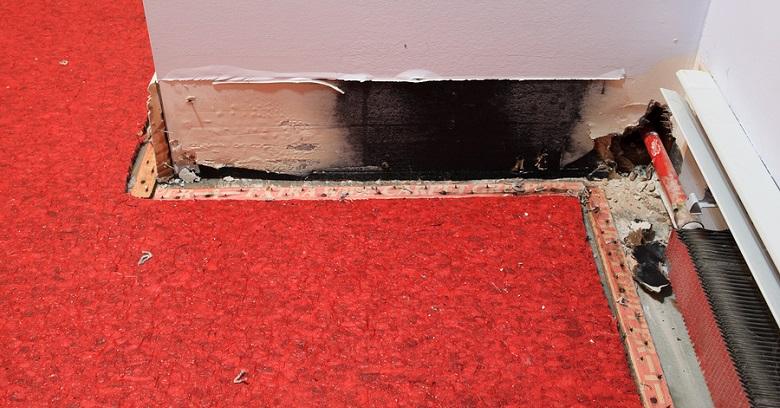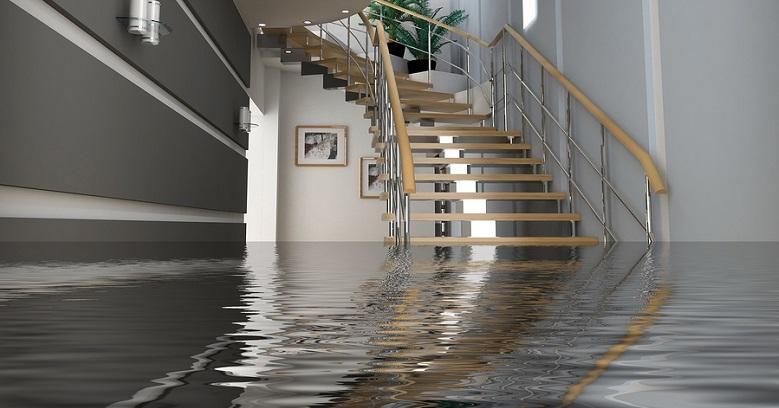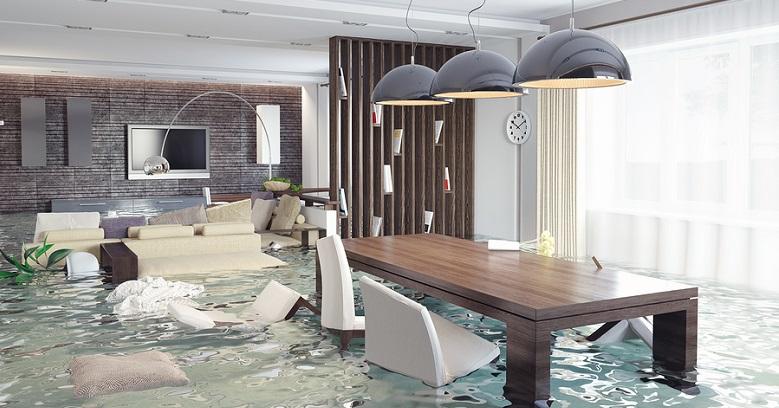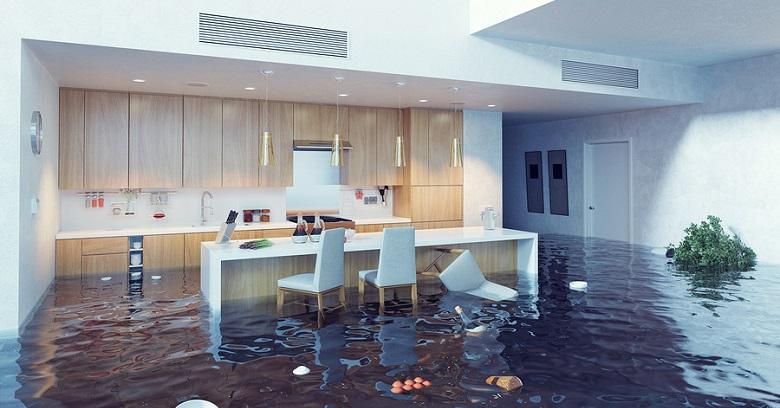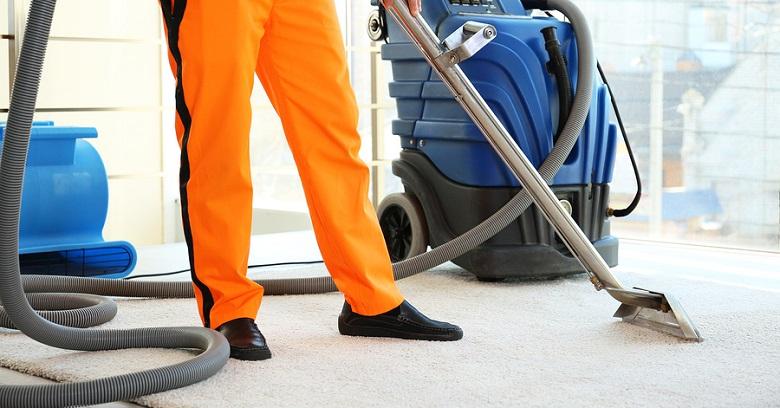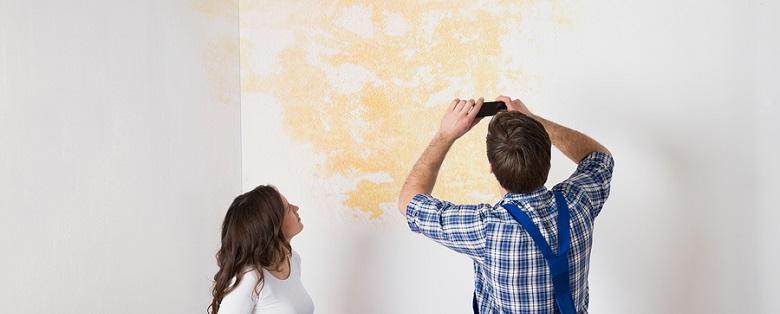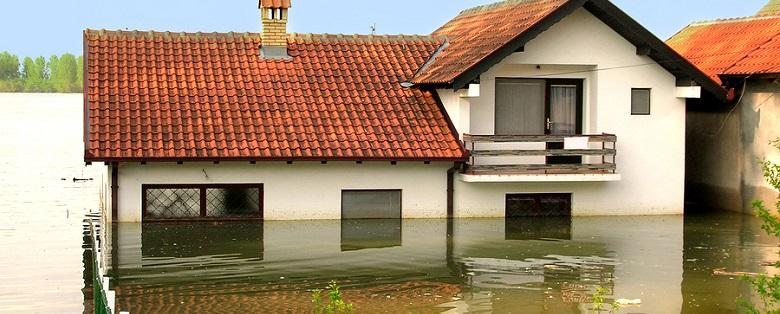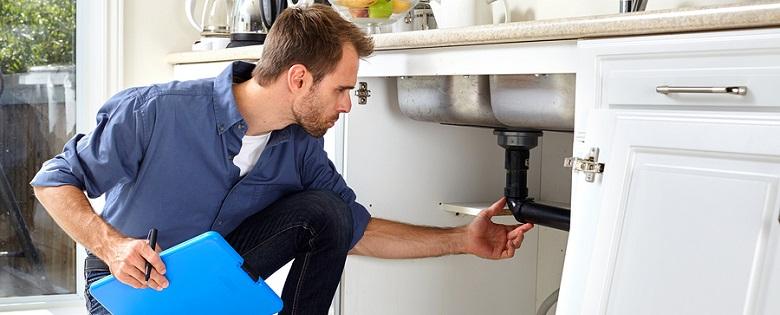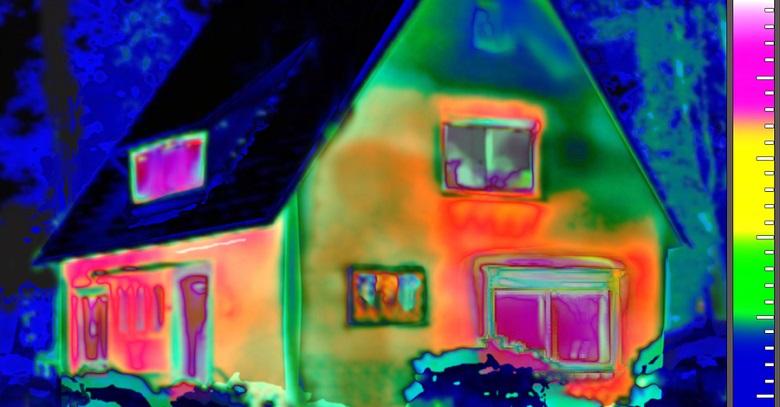
When water damage occurs, getting everything completely dry afterward can be a real challenge. Even small amounts of moisture in your home can lead to the growth of mold and other problems. Thermal imaging is a newer technology that many water damage restoration services are now using to detect the presence of moisture in water-damaged homes and buildings. Thermal imaging has become an essential part of the water damage restoration process.
What Is Thermal Imaging?
Infrared thermal imaging is the use of infrared light waves to “see” through materials to detect the presence of moisture by its temperature. The technology works by transferring infrared signals through surfaces with an infrared device, then intercepting return signals that return data to the device.
The data generated detects the temperature within the material to which the infrared waves are applied. Because water holds heat differently than dry material, its presence can be easily detected by using infrared scanners.
How Is Thermal Imaging Used in Water Damage Restoration?
Thermal imaging technology has become a staple in the field of water damage restoration because of its accuracy in detecting moisture in construction materials. Drywall, insulation, flooring, and even the wood structure of your home will absorb water when exposed to it. They also begin to dry out at different speeds.
Although you may think that walls and floors with water damage are finally dry, often there is still moisture hidden in places that cannot be seen or felt. By using infrared scanners, water damage restoration services can quickly and easily scan any surface that was previously wet and actually see inside it. Any areas shown to still be holding water must be further dried before any final repairs can be made.
Why Is Thermal Imaging An Important Restoration Tool?
The greatest challenge in water damage restoration is ensuring the affected area is completely dry. Even a small amount of moisture left in drywall, structural supports, or anywhere else can cause problems later on. One prime concern after water damage is the mold growth, which can happen quickly in moist and damp areas.
When left untreated, mold can cause unhealthy indoor air conditions that lead to allergies, upper respiratory illness, and other health conditions. Moisture can also slowly weaken and destroy building materials, potentially threatening the integrity of the entire structure. By using thermal imaging, water damage restoration services can determine if moisture is still present, treat any areas for mold that are still wet, and continue the drying process until no moisture is detected.
Although it may seem easy to handle water damage on your own, it can be difficult to determine when your house is truly dry and ready for final repairs. A water damage restoration company can be instrumental in locating any hidden and remaining moisture in your home that could cause problems later on. By using infrared thermal technology, you can rest assured that water damage restoration services will get your home completely dry, eliminating any concerns regarding mold growth or structural damage!
